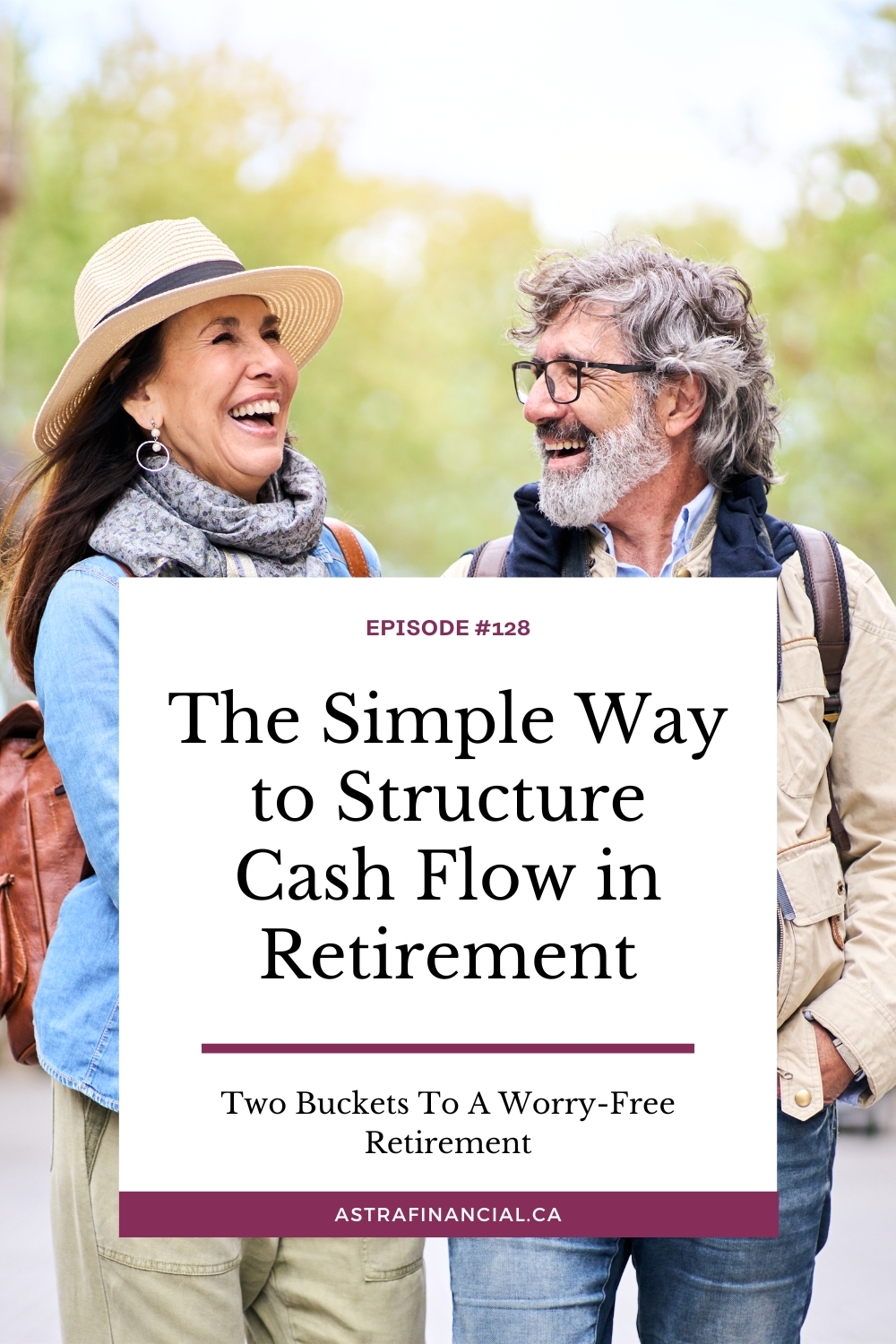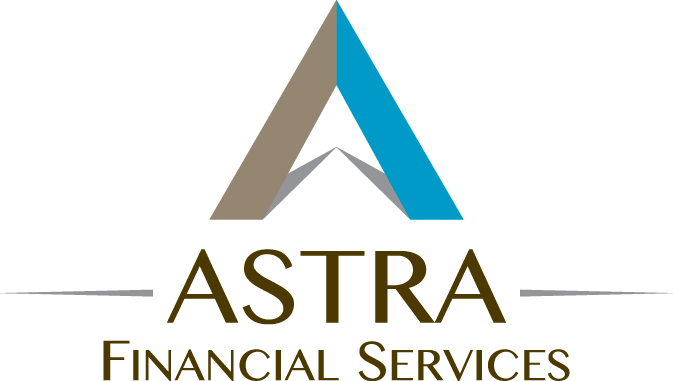The Simple Way to Structure Cash Flow in Retirement

Ready to structure cash flow in retirement but feeling overwhelmed?
While it might not be the most exciting topic, creating a clear system for your retirement income and expenses is crucial for a stress-free future.
In this episode, I’m breaking down a simple yet effective two-bucket approach to managing your money in retirement.
By separating your fixed expenses from your fun money, you’ll gain the clarity and confidence to spend without worry. Whether you’re planning for retirement or already there, this practical guide will help you create a system that ensures both your needs and wants are covered.
Say goodbye to financial uncertainty and hello to peace of mind in your retirement years.
Show Notes: The Simple Way to Structure Cash Flow in Retirement
Hey, everyone. Welcome back to the Heart of Your Money podcast. I’m Zena. And today we’re diving into something that’s crucial for a happy, stress-free retirement: structuring your cash flow. I know it’s not the most glamorous topic, but trust me, getting this right means more freedom and peace of mind. So here’s where we’re going to start.
First thing is step one: Let’s talk about the elephant in the room. Why do we resist looking at our expenses? It’s because it feels tedious and maybe even a little overwhelming. It’s also like putting a mirror in front of ourselves and seeing where we value things and what we’re spending money on. But once you face it, you gain clarity. You’ll know exactly what you need to cover your basics and how much is left for the fun stuff. This is a necessity to getting ready for retirement. To make it easier, you can also go on astrafinancial.ca and download our Retirement Workbook. It has a section dedicated to breaking down expenses into categories, and trust me, it’ll take the guesswork out of the process.
So make sure you go there and download it. That’s your first step: really just figuring out, tackling that elephant in the room. Why am I resisting? Pull the bandaid off and just get it done. It’s part of the retirement prep. Next step is that we’re going to start to look at those expenses, and we’re going to separate the essential fixed expenses from our discretionary, variable ones.
That’s kind of like the free spending, the things that change all the time, like going out to eat or extra expenses. Here’s where we get practical. We’re going to think of those two things as buckets. You have your fixed expense bucket – those are your non-negotiables, things like housing, bills, insurance, utilities. Then the other bucket is that discretionary or variable expense I mentioned. This is where you get to dream a little. These include your hobbies, travel, dining out, and all the things that make retirement fun – the dreaming things. Start listing these out. Fill those two buckets with a list of your expenses.
It’s super helpful because it gives you a visual breakdown of what’s going on. You’re able to see your money ins and outs, and it’ll give you a little bit more clarity. It can also be fun doing the variable expense bucket of the things that you want to do, dreaming a little bit. Put them in there, especially if you know that that is a reality – that’s where you want to spend some money and time in retirement.
Today’s episode, by the way, is going to be really short because this is enough homework I’m giving you. Your to-dos and breaking it down – it’s super easy. Just write down those fixed expenses, then write down the variable expenses or the fun, dream things that you’re going to do in retirement.
Next step: figuring out your monthly income. That is what is landing in your bank account each month that’s coming from everywhere, all sources. You want to know how much is coming in and lands in there. That’s what we call net income. By the time it lands in your bank account, most likely there’s already tax taken off of it and deductions. We just want the net income. Subtract any expenses that won’t be there in retirement when you’re doing this, like RRSP contributions. If you have automatic contributions going to an RRSP, then you’re not going to have that in retirement. If your mortgage is paid off in two months, then you won’t have that mortgage payment – take that off as well.
This helps you get a clearer picture of what your cash flow will really look like once you retire. Remember, retirement isn’t just about paying bills – it’s also about living your best life. Once you know your essentials are covered, think about your wants. This includes hobbies – maybe you want to take something up or you’re already doing it, but you want to spend more time. Maybe there’s a cost there, travel, and that might just be visiting family or going on that dream vacation, but you gotta factor it in.
And then fitness and wellness. This is interesting because it’s been creeping up, I’ve noticed. One thing we’re taking for granted is the cost of gym memberships. Speaking with one friend who just retired, it was the yoga classes, and with another, it was pickleball. Another activity I put in the fitness and wellness category – a dear old friend that I’ve known for a long time said the number one thing you need to share with your clients, Zena, is to tell them to never take up golf. He’s addicted to golf in retirement, he’s older, and he says it costs so much money. But he’s loving it. So guess what? It’s part of the retirement plan. It’s part of the retirement income, making sure there’s travel in there and there’s playing golf. So remember you want to throw in your wants, factor in the fun stuff, then put it all together.
Your last step: Now you’ve got your essential fixed expenses and you have your discretionary variable expenses sorted out. You’ve got it all written down, and then you’ve also written down what your net income is going to be in your pocket. And that’s coming from everywhere – if the CPP tap is turning on, if the OAS tap is turning on, your work pension, your RIF, whatever it is. This is prepping you for you and your financial planner.
You’ve got it all written down – wherever your net income is coming from and it’s landing into your bank account. The goal is to create a system where you’re confident that your basic needs are covered and you have a clear idea of how much you can safely spend on the fun stuff. This brings peace of mind.
One great way to do this is to set up separate accounts for the fixed expenses. Now, it’s all under the same bank, but you’ve separated your fixed expenses – it has a landing spot in there for your automatic deposit, and then all the bills that have to be paid, whether it’s utilities, insurances, you name it. And then you have a separate account (and fee-free – I’ll pause here, make sure you’re not spending too much in bank fees), but then you have a separate account for just the free spending fun stuff. And that’s where you can put your travel savings bucket, your golf savings bucket.
That way you always know how much you have for bills versus how much you can use for fun in the fun bucket. Final thoughts here for you: structuring cashflow in retirement doesn’t have to be hard or scary. Just the fact that you listened to this and you saw a title about cashflow is like high five because I know it can feel a little bit mundane and boring.
With a little planning, you can create this system and it’ll feel so good – full of security, freedom, peace of mind. And then you don’t have to think about it because you’ve got this system in place. So here’s your homework: download and grab our Retirement workbook on our website at astrafinancial.ca. It’s really great. It’s handy. It’s free. Go through the cash flow sheet. Start mapping out your essentials, fixed things. But then there’s also a place for dreaming and even mapping out what your perfect day in retirement looks like. It’s a small investment of time that will pay off big when you’re retired and loving life.
If you found this episode helpful, please share it with someone who might need it. And of course, subscribe so you never miss an episode. Thanks for tuning in to the Heart of Your Money. I’m Zena, and until next time, stay well, stay kind, and keep planning your joyful retirement.




